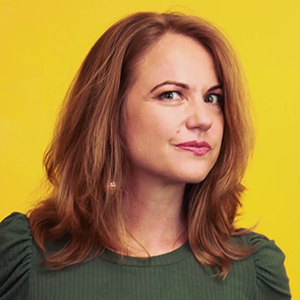
In Pursuit of Deposits, Think Outside the Box
Brought to you by Cornerstone Advisors

The script flipped.
During parts of the coronavirus pandemic, banks were so flooded with deposits that some bankers were happy when a portion of them fled. Now, at a time when the Federal Reserve has raised interest rates at the fastest pace since the 1980s, banks are battling for deposits to the point where some bankers are proactively calling customers, imploring them to stay.
The industry’s hot pursuit of deposits won’t stop soon, either. According to the What’s Going On In Banking 2023 study by Cornerstone Advisors, banks seeking to grow deposits among their retail base of customers more than doubled, from 21% in 2022 to 51% in 2023. Moreover, banks wanting small business deposits jumped to 72% in 2023, from 41% in 2022. The ability to bring in deposits is influencing senior executives’ bonuses.
In the quest for deposits, it’s likely time for banks to go beyond offering a sign-up bonus or higher savings rates. Here are three other ideas to consider.
1. Provide Banking as a Service
When banks “rent” their charter to nonbank financial services companies to serve a specific consumer group, they are providing banking as a service, or BaaS. While not the norm, the fintech-bank partnership has become more popular. Of the roughly 300 financial institutions surveyed for the Cornerstone report, 13% said they are considering the possibility of launching BaaS services.
The allure of the partnership is its ability to grow noninterest income and deposits in new markets. Adding to the appeal: According to the Cornerstone report, the return on assets and equity for BaaS banks exceeds the industry averages for all banks.
What to watch: This isn’t a strategy for all banks, of course. It comes with risk and attention from regulators. According to a recent Restive Ventures report, “[r]egulators are posing hard questions about consumer data and are seeking to understand where risk actually lies in the three-way relationships among fintechs, BaaS providers, and the actual regulated bank.”
2. Recruit Fintech Talent
While the unemployment rate remains low, banks are still struggling to recruit talent. But with tech companies eliminating thousands of positions, there are strong candidates for your bank to hire.
Hop on LinkedIn, where numerous fintech companies are sharing lists of recent employee layoffs. Seek out people who could develop your next product or service invention and send them a message.
Also, widen your network and mingle at new events. In so doing, you may discover someone with a skill set that’s different from others already working at your institution. For example, of there’s a reception celebrating female talent at an industry event, attend it regardless of your gender.
What to watch: If recruiting an entrepreneur, there’s a good chance the person is creative. In working within more rigid environments like a bank, they’ll need an outlet to discover ideas to try. Offer them a budget to take classes they wish to pursue.
3. Reevaluate How People Join Your Bank Online
The way someone becomes a bank customer online has long been cumbersome. The application often still requires too much manual entry of would-be customers, causing them to abandon the chore.
It’s high time to invest in a system that simplifies the process of signing up for an account online, while still complying with know your customer rules. The good news: In 2023, more than one in four banks expect to select a new or replacement commercial digital account opening app, according to the Cornerstone report; 21% of banks plan to do the same thing for their consumer account opening app.
What to watch: Go beyond making the application form easier to fill out on a phone and address the other hassles interfering with why someone doesn’t switch. For example, U.S. Bancorp partnered with Atomic, a company that offers payroll connectivity services, to roll out a feature that lets new account holders switch their direct deposit information in minutes, removing a barrier of why someone might drop their account.
Your bank needs to think outside of the box to secure more business at a time when deposit competition is fierce. As Curt Queyrouze, president of Seattle-based Coastal Community Bank, said in the report: “I think we’re spending too much energy trying to protect the status quo instead of embracing innovation. The slow tide of customer preference will soon turn into a tidal wave and it will be too late to catch up. These transformations take years.”


